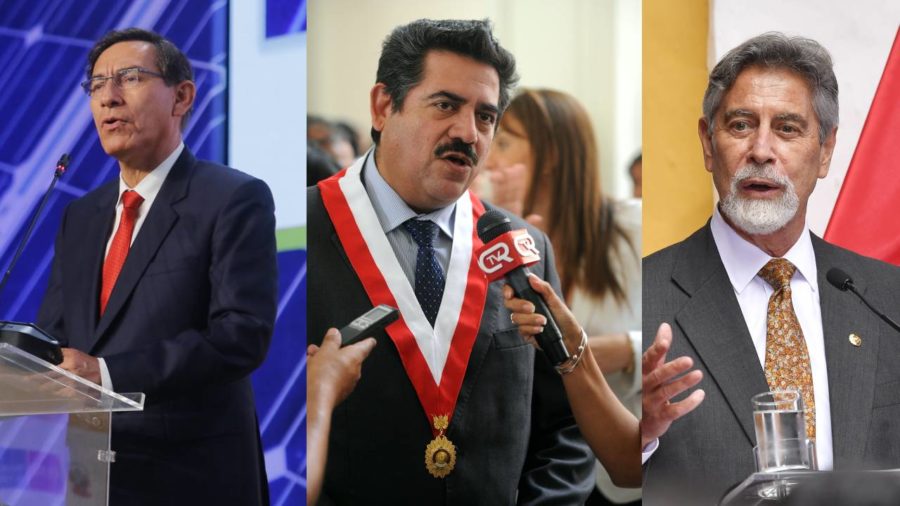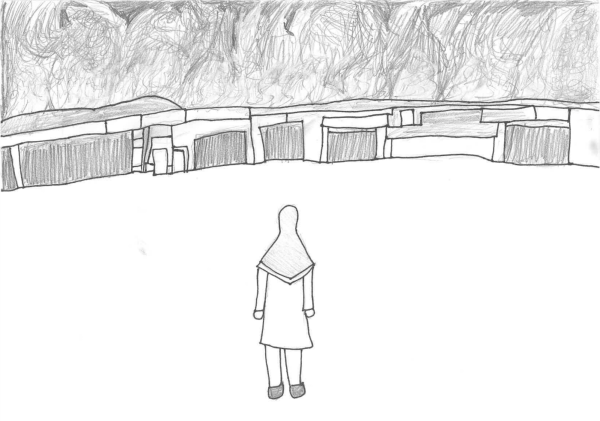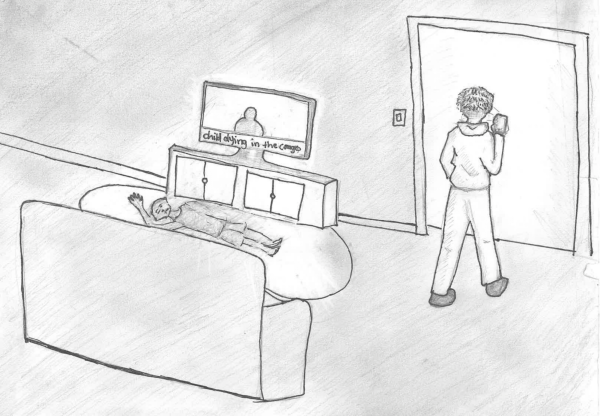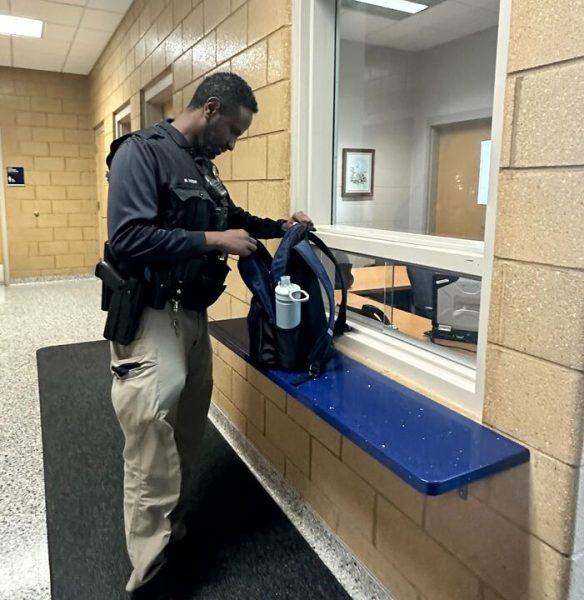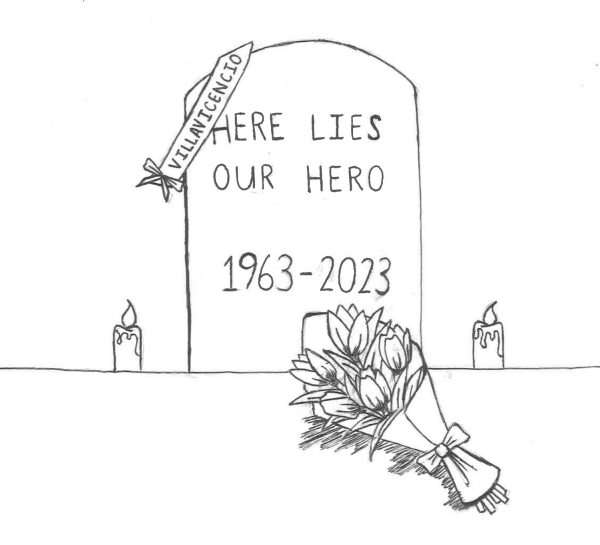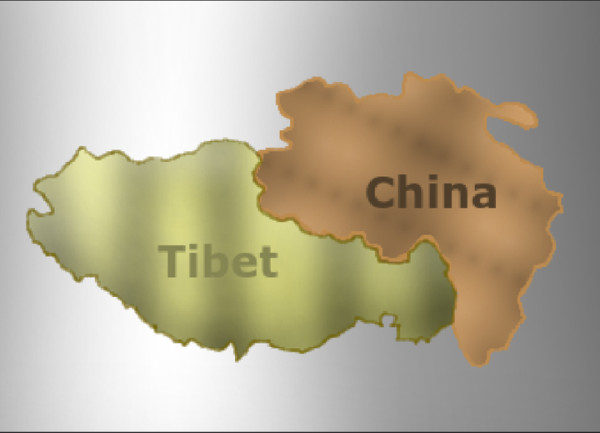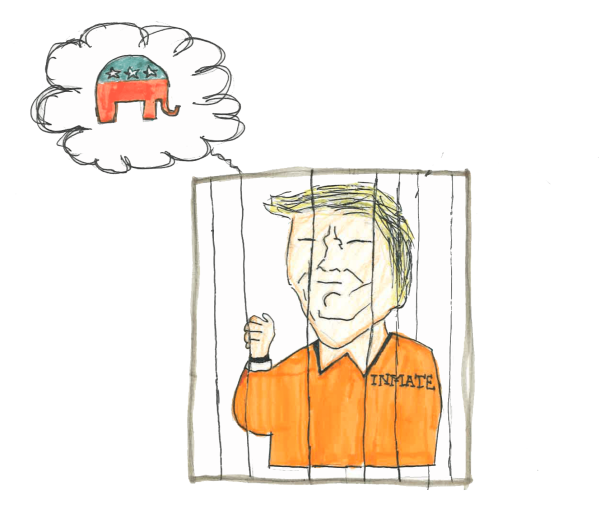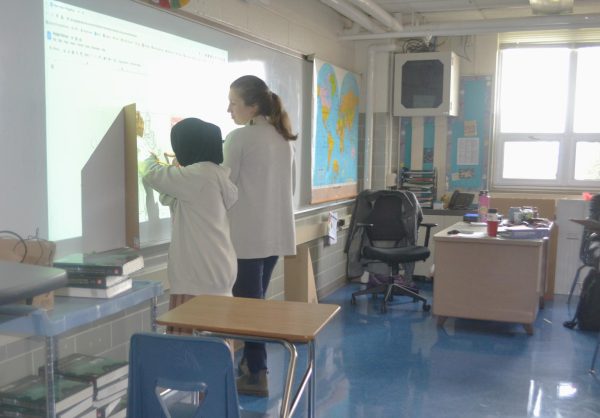Peru cycles through presidents, varying forms of political distress
Peru has swiftly gone through three presidents, (from left to right), Martin Vizcarra, Manuel Merino and Francisco Sagasti, all in only a matter of months.
Within the duration of just over a week, Peru saw three different presidents, each one hoping to stabilize the country’s crumbling political system.
Martin Vizcarra, the first president in this interesting trio, was elected into office in March of 2018. According to The Lancet, in late 2020, Sinopharm administered a round of trial vaccinations to around 12,000 people in Peru. Vizcarra claimed to have been part of this trial, in which he received the vaccine, but it was discovered that Vizcarra, along with nearly 500 others were covertly vaccinated months before Peru’s inoculation trials began.
“The impact is bad, no matter how you look at this,” said former health minister and public health expert Víctor Zamora. “I don’t think there is a sector in the country that does not feel betrayed by this.”
Outraged at this betrayal, Congress removed Vizcarra from office on November 9, 2020 with a vote of 105-16.
Vizcarra’s replacement was head-of-Congress Manuel Merino. Merino previously served in Congress from 2001 to 2006 and again from 2011 to 2016. From March 16 to November 15, 2020, he was the President of the Congress of the Republic of Peru.
Unfortunately, at a mass protest against Merino’s election on November 14, 2020, two young people were killed. Due to mounting pressure following the deaths of the two protesters, Merino lasted as president only five days before he resigned on November 15.
Replacing the replacement of the impeached president is Francisco Sagasti, an academic and technocrat. Though he was a member of the Partido Morado, a mostly liberal political party, and also a member of Congress, Stagasti was a relatively junior politician. He was sworn in just two days after Merino’s resignation.
During his first speech as president, Sagasti apologized to the families of the two people—both of whom were students at 22 and 24—that were killed during the previous riot. He asked for the families’ “forgiveness in the name of the state”, also calling on Peru to work together to create a “republic of equals.”
Stabilizing Peru will not be simple; Sagasti not only has to pacify the country after the political unrest, but he must also assist in the healing of the country as it suffers through a devastating outbreak of COVID-19. The country’s current seven-day average of new cases stands at 8,338 cases (about 2.6% of the population), compared to the United States’ current average of 54,407 new cases over seven days (about 1.7% of the population). With the next election for president coming up in April, Sagasti has four months to somewhat return Peru to its once balanced state.


